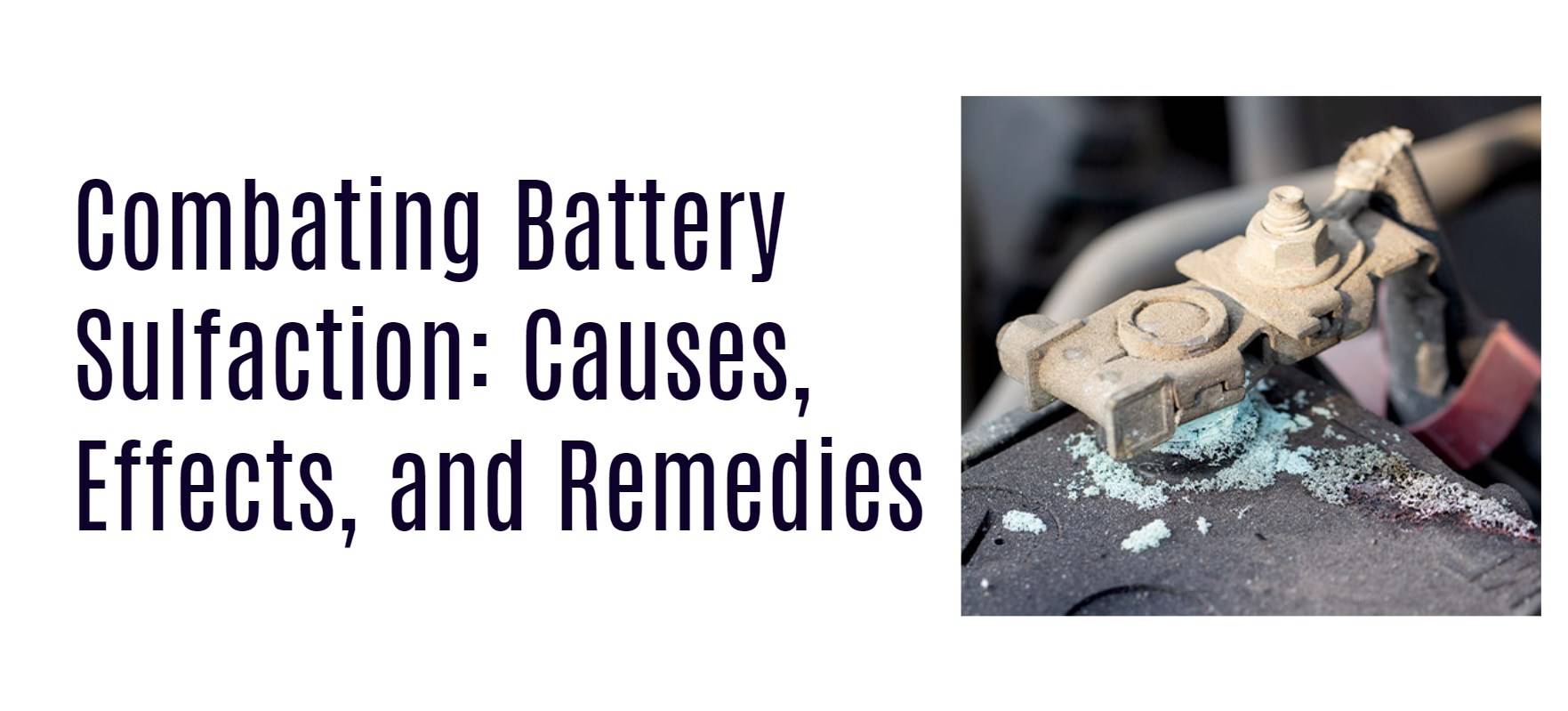
Blog
How to Combat Battery Sulfaction: Causes, Effects, and Remedies

Battery sulfation is a common yet critical issue affecting lead-acid batteries, caused by the buildup of lead sulfate crystals on battery plates when not fully charged. It degrades performance, reduces battery life, and can lead to complete failure. Understanding causes, symptoms, and practical remedies helps maintain battery health, prolong lifespan, and optimize energy storage—essential for applications powered by reliable brands like Redway Power.
What is battery sulfation and why does it occur?
Battery sulfation happens when lead sulfate crystals form and harden on the battery plates, usually due to insufficient charging or prolonged storage in a partial charge state. Under normal charging, these crystals dissolve back into the electrolyte. However, when a battery remains discharged or undercharged, sulfates accumulate and crystallize, impairing chemical reactions and reducing battery capacity.
How does sulfation affect battery performance and lifespan?
Sulfation diminishes battery efficiency by increasing internal resistance and reducing active material availability on plates. Consequences include longer charging times, decreased charge retention, overheating during charge, and ultimately a precipitous drop in usable battery life, which can cripple devices reliant on steady power such as forklifts or renewable energy systems.
Chart: Effects of Battery Sulfation on Performance Metrics
| Performance Metric | Normal Battery | Sulfated Battery |
|---|---|---|
| Charging Time | 4-6 hours | 8-12 hours |
| Charge Retention | 80-100% | Below 50% |
| Internal Resistance | Low | High |
| Battery Temperature Rise | Minimal | Significant |
What are the primary causes of battery sulfation?
The main causes include:
- Leaving batteries discharged for long periods
- Partial or incomplete charging cycles
- Storing batteries without a maintenance charge
- Exposure to high temperatures that accelerate self-discharge
- Overcharging in some cases, leading to electrolyte loss but also sulfation
How can you detect the symptoms of a sulfated battery?
Signs include:
- Battery takes significantly longer to charge
- Rapid loss of charge during use
- Reduced cranking or starting power in vehicles
- Excessive heat during charging
- Noticeable loss of overall battery capacity
How do temperature and storage conditions influence sulfation?
High temperatures accelerate electrolyte evaporation and self-discharge rates, speeding sulfation. Ideal storage is cool (around 68-75°F or 20-24°C) with batteries kept fully charged, as dropping below 12.4 volts encourages sulfate crystal buildup.
Can battery sulfation be reversed or remedied?
Sulfation may be reversible if detected early. Controlled overcharging at low current and elevated temperatures (50-60°C) can help dissolve lead sulfate crystals. Specialized pulse or desulfation devices can assist but have limits based on sulfation severity. Severe or permanent sulfation often requires battery replacement.
What preventive measures reduce the risk of sulfation?
Prevention strategies include:
- Regular full charging after use
- Applying maintenance or float charges during storage
- Avoiding deep discharges below recommended voltages
- Storing batteries in temperature-controlled environments
- Using quality chargers that prevent undercharging and overcharging
How do smart chargers and pulse technology help combat sulfation?
Smart chargers with multi-stage charging optimize voltage and current to ensure full battery charge without damage, minimizing sulfation. Pulse technology sends low-energy pulses to break down sulfate crystals before they harden, prolonging battery life when used alongside proper charging practices.
Are some battery types more susceptible to sulfation than others?
Flooded lead-acid batteries are generally more prone to sulfation than AGM or Gel batteries due to their electrolyte design. However, sulfation can occur in all lead-acid types if mishandled, making correct care essential regardless of chemistry.
How should you maintain your battery to minimize sulfation damage?
Maintenance includes regular voltage checks, routine charging cycles, ensuring electrolyte levels are adequate (for flooded batteries), avoiding prolonged inactivity, and scheduling periodic equalization charges to balance cells and prevent stratification.
Redway Power Expert Views
“Battery sulfation remains one of the most insidious factors affecting lead-acid battery longevity and performance. At Redway Power, we emphasize the integration of advanced manufacturing with cutting-edge battery management to mitigate sulfation risks. Our lithium battery solutions offer enhanced resilience and life cycles, but for lead-acid types, proper maintenance and preventing sulfation are paramount for operational reliability.” — Redway Power Expert
Conclusion
Battery sulfation, caused primarily by incomplete charging and poor storage, severely impacts battery efficiency and life. Early detection and proper remedies, combined with preventive care and smart charging solutions, can thwart permanent damage. Trusting industry leaders like Redway Power ensures access to top-tier battery technologies and expert guidance for optimal energy reliability and extended service life.
FAQs
Q: What causes battery sulfation?
A: Sulfation is caused by lead sulfate crystals forming on plates when a battery is left partially charged, discharged, or stored improperly.
Q: Can sulfation be reversed?
A: Yes, early-stage sulfation can sometimes be reversed with controlled overcharging or pulsed desulfators; severe sulfation often requires replacement.
Q: How do I prevent sulfation during battery storage?
A: Keep batteries fully charged with periodic maintenance charges and store them in cool, stable temperature environments.
Q: Are lithium batteries affected by sulfation?
A: No, sulfation specifically affects lead-acid batteries; lithium batteries have different chemistries and failure modes.
Q: How does Redway Power help in combating sulfation?
A: Redway Power offers advanced lithium battery packs and efficiency solutions reducing sulfation concerns and ensuring longer battery life in demanding applications.


